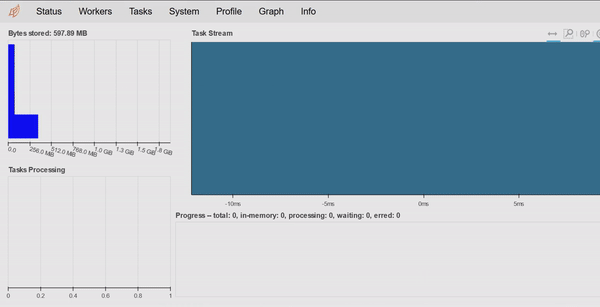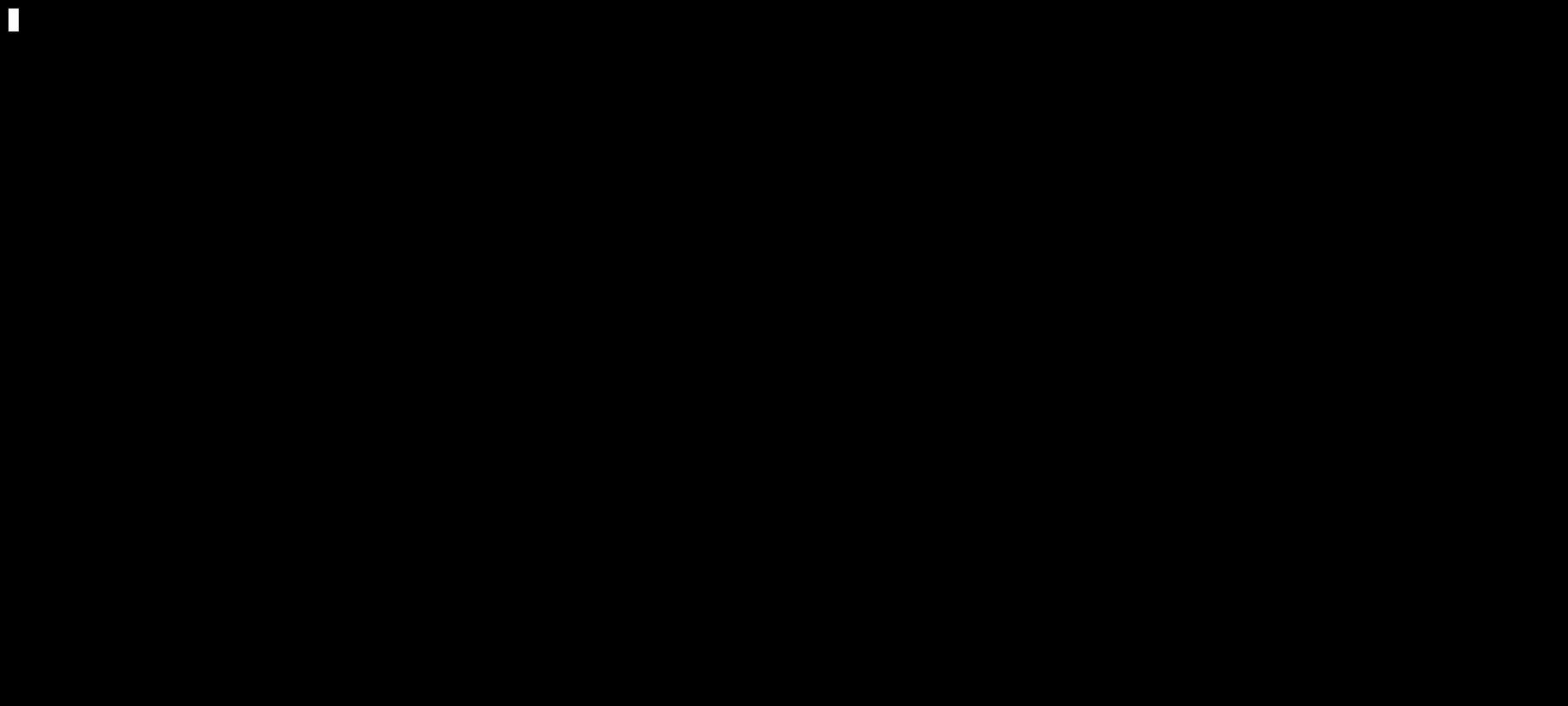Welcome to pointcloudset’s documentation!¶
Features¶
Handles point clouds over time
Directly read ROS files and many pointcloud file formats.
Generate a dataset from multiple pointclouds. For example from thousands of .las files.
Building complex pipelines with a clean and maintainable code
newpointcloud = pointcloud.limit("x",-5,5).filter("quantile","reflectivity", ">",0.5)
Apply arbitrary functions to datasets of point clouds
def isolate_target(frame: PointCloud) -> PointCloud:
return frame.limit("x",0,1).limit("y",0,1)
def diff_to_pointcloud(pointcloud: PointCloud, to_compare: PointCloud) -> PointCloud:
return pointcloud.diff("pointcloud", to_compare)
result = dataset.apply(isolate_target).apply(diff_to_pointcloud, to_compare=dataset[0])
Includes powerful aggregation method agg similar to pandas
dataset.agg(["min","max","mean","std"])
Support for large files with lazy evaluation and parallel processing

Support for numerical data per point (intensity, range, noise …)
Interactive 3D visualisation

High level processing based on dask, pandas, open3D and pyntcloud
Docker image is available
Optimised - but not limited to - automotive lidar
A command line tool to convert ROS 1 & 2 files
Use case examples¶
Post processing and analytics of a lidar dataset recorded by ROS
A collection of multiple lidar scans from a terrestrial laser scanner
Comparison of multiple point clouds to a ground truth
Analytics of point clouds over time
Developing algorithms on a single frame and then applying them to huge datasets
Installation with Docker¶
The easiest way to get started is to use the pre-build docker tgoelles/pointcloudset.
Quickstart¶
Reading ROS1 or ROS2 files:
import pointcloudset as pcs
from pathlib import Path
import urllib.request
urllib.request.urlretrieve(
"https://github.com/virtual-vehicle/pointcloudset/raw/master/tests/testdata/test.bag", "test.bag"
)
dataset = pcs.Dataset.from_file(Path("test.bag"), topic="/os1_cloud_node/points", keep_zeros=False)
pointcloud = dataset[1]
pointcloud.plot("x", hover_data=True)
You can also generate a dataset from multiple pointclouds form a large variety or formats like las, pcd, csv and more.
import pointcloudset as pcs
from pathlib import Path
import urllib.request
urllib.request.urlretrieve(
"https://github.com/virtual-vehicle/pointcloudset/raw/master/tests/testdata/las_files/test_tree.las",
"test_tree.las",
)
urllib.request.urlretrieve(
"https://github.com/virtual-vehicle/pointcloudset/raw/master/tests/testdata/las_files/test_tree.pcd",
"test_tree.pcd",
)
las_pc = pcs.PointCloud.from_file(Path("test_tree.las"))
pcd_pc = pcs.PointCloud.from_file(Path("test_tree.pcd"))
dataset = pcs.Dataset.from_instance("pointclouds", [las_pc, pcd_pc])
pointcloud = dataset[1]
pointcloud.plot("z", hover_data=True)
Read the html documentation.
Have a look at the tutorial notebooks in the documentation folder
For even more usage examples you can have a look at the tests
CLI to convert ROS1 and ROS2 files: pointcloudset convert¶
The package includes a powerful CLI to convert pointclouds in ROS1 & 2 files into formats like pointcloudset and a folder with csv or las. It is capable of handling both mcap and db3 ROS2 files.
pointcloudset convert test.bag --output-format las --output-dir converted_las

You can view PointCloud2 messages with
pointcloudset topics test.bag
Tipp: If you have uv installed you can simply run:
uvx pointcloudset --help
Citation and contact¶
 Thomas Gölles
email: thomas.goelles@v2c2.at
Thomas Gölles
email: thomas.goelles@v2c2.at
Please cite our JOSS paper if you use pointcloudset.
@article{Goelles2021,
doi = {10.21105/joss.03471},
url = {https://doi.org/10.21105/joss.03471},
year = {2021},
publisher = {The Open Journal},
volume = {6},
number = {65},
pages = {3471},
author = {Thomas Goelles and Birgit Schlager and Stefan Muckenhuber and Sarah Haas and Tobias Hammer},
title = {`pointcloudset`: Efficient Analysis of Large Datasets of Point Clouds Recorded Over Time},
journal = {Journal of Open Source Software}
}
Tutorial
Convert ROS 1 and ROS 2 files
Contribute
Python API
- How to read the API documentation
- pointcloudset package
- pointcloudset.diff package
- pointcloudset.filter package
- pointcloudset.geometry package
- pointcloudset.io package
- pointcloudset.pipeline package
- pointcloudset.plot package
- pointcloudset.config module
- pointcloudset.dataset module
- pointcloudset.dataset_core module
- pointcloudset.pointcloud module
- pointcloudset.pointcloud_core module
Changelog
- Changelog
- 0.11.0- (2025-05-22)
- 0.10.1- (2025-04-28)
- 0.10.0 - (2024-12-03)
- 0.9.0 - (2023-03-30)
- 0.8.1 - (2023-03-23)
- 0.8.0 - (2022-11-13)
- 0.7.0 - (2022-09-27)
- 0.6.3 - (2022-06-08)
- 0.6.2 - (2022-06-03)
- 0.6.1 - (2022-06-03)
- 0.6.0 - (2022-06-03)
- 0.5.1 - (2022-05-30)
- 0.5.0 - (2022-05-30)
- 0.4.3 - (2022-05-10)
- 0.4.2 - (2022-05-10)
- 0.4.1 - (2022-02-22)
- 0.4.0 - (2022-02-22)
- 0.3.4 - (2022-02-18)
- 0.3.3 - (2021-09-27)
- 0.3.2 - (2021-08-18)
- 0.3.1 - (2021-08-17)
- 0.3.0 (2021-08-17)
- 0.2.3 (2021-07-12)